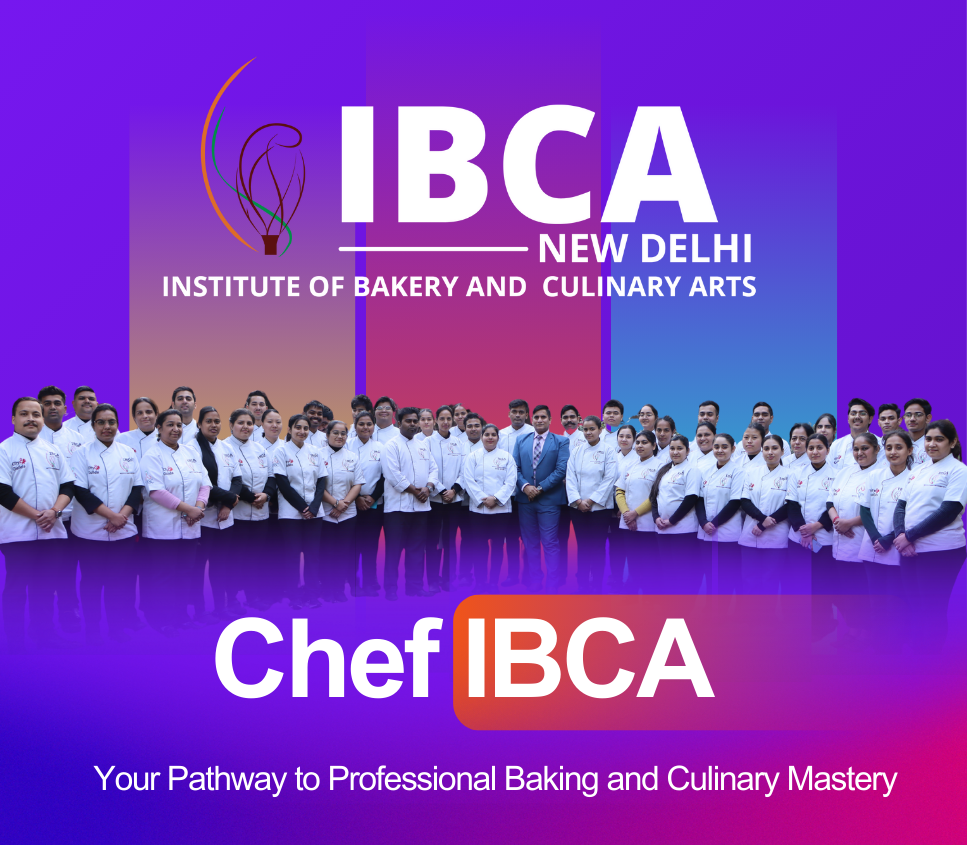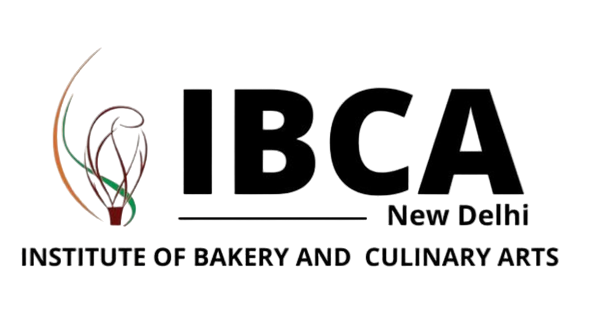“Culinary arts” refers to the practice of cooking. Students learn how to efficiently and aesthetically prepare, cook, and present food and meals in a culinary arts course. Enrolling in culinary arts classes is the best move for people who are interested in a career in food and beverage management, kitchen management, or other hospitality and food-related job profiles.
Candidates who enroll in culinary arts programs gain the operational, technical, and managerial abilities required to succeed in the culinary branch of the hospitality industry.
Aspirants have access to culinary arts courses at both the undergraduate and graduate levels. Most of the undergraduate culinary arts programs last three years. Popular UG level courses in culinary arts include the Bachelors in Hospitality Management with a Culinary Specialization, the BVoc in Bakery and Cookery, the BA in Culinary Arts, the Bachelor of Catering Technology and Culinary Arts, the BVoc in Culinary Operations, the BSc in Culinary Science, the BHM with Culinary Arts, the BA in International Culinary Arts, etc.
Candidates may also sign up for culinary arts courses at the PG level. Most culinary arts programs at the PG level last three years. In addition to these programs, students interested in the culinary arts can also enroll in diploma programs, including the Post Graduate Diploma in Dietetics and Hospital Food Service, the Diploma in Culinary Arts of Italian Cuisine, the Post Graduate Diploma in Bakery and Confectionery, the Diploma in Food and Beverage Service (undergraduate course), the Post Graduate Diploma in Bakery Science and Technology, the Diploma in Hotel Management (Food and Beverage Service), and the Diploma in Culinary Arts.
The numerous hospitality industries that require chefs and cooks are drawn from the culinary industry. It’s possible that you’ll be able to find work right away, but you shouldn’t plan on making a lot of money right away because entry-level jobs always require a lot of training and experience. Numerous settings, such as hotels, restaurants, catering services, large-scale kitchen operations, and specialty coffee shops, offer numerous opportunities for employment as a chef.
After receiving your diploma in culinary arts, you must immediately get to work and learn everything you can in order to establish your career and reputation in the food industry. Once you start doing that, learning and working in the best kitchens should take precedence over seeking out higher paying jobs. Due to the fact that you’ll start earning more money once you’ve had a long period of training and experience. Your craft will eventually be refined or taught in a better setting with wealthier kitchens.
What types of jobs are available to you if you have a diploma in culinary arts?
Some positions requiring a culinary degree are entry-level, while others might call for a few years of experience. These 11 positions are available to those with a diploma in culinary arts.
- Pastry chef
A talented cook with a focus on creating the breads and desserts found on menus is known as a pastry chef. They collaborate with other chefs to develop a diverse menu. A pastry chef can work for bakeries, catering businesses, and traditional restaurants.
- Nutritionist
A nutritionist is a person who focuses on how food can energize and fuel the body for a healthy lifestyle. They can closely collaborate with patients to identify their nutritional requirements and create a diet plan that will be advantageous to them. Some nutritionists develop menus for clients that are nourishing and promote healthy eating in places like schools or hospitals.
- Culinary Specialist
A US military member who helps with food service for personnel staying in facilities or traveling on ships is known as a culinary specialist. Meals are planned, inventories are checked, menus are designed and improved, and the staff is arranged for serving. In order for food preparation to take place there, the culinary expert must also ensure that the area is tidy and organized.
- Caterer
A caterer is someone who regularly serves food and dessert to large crowds of guests at events. Caterers are frequently employed for special events like weddings, birthday celebrations, movie premieres, and anniversaries. To create a menu and a plan for preparing, delivering, and serving food at the event, they consult with their clients. Math is used by caterers to develop and estimate service costs, schedule the purchases of ingredients, and guarantee that there is enough food for the number of guests at each event.
- Restaurant Manager
The day-to-day management of a restaurant falls to the restaurant managers. They implement systems for food preparation and service that reduce wait times and facilitate communication, and they are in charge of the efficiency and output of the staff. A restaurant manager may be in charge of employee hiring and firing, performance reviews, compliance with safety and hygiene regulations, team schedules, ingredient inventories, and interactions with the restaurant’s owner.
- Sous Chef
The sous chef, a culinary expert who oversees other cooks and reports to the executive chef or head chef, depends on how the kitchen is set up. They frequently collaborate closely with the executive chef to create menus and handle problems in the kitchen, where they oversee many of its operations. A sous chef may be responsible for writing menus, enforcing policies, monitoring kitchen inventory, inspecting work areas for cleanliness, and creating staff schedules.
- Food service director
A food service director is someone who oversees food production and delivery. They frequently work for establishments that serve a sizable clientele, such as hospitals, hotels, prisons, and camps. The director of food service deals with vendors and suppliers, monitors distribution processes, and ensures that the kitchens are kept tidy and clean.
- Executive chef
The executive chef is always in charge of the quality of the food that the kitchen produces. He or she is the highest-ranking worker in the kitchen. Executive chefs work with other chefs to create and enhance menus, purchase ingredients and equipment, and communicate with the media. An executive chef manages a group of sous chefs and establishes the atmosphere and culture in the kitchen.
- Food safety specialist
An expert in food safety helps prevent illness by testing food. They can check restaurants and food production facilities for proper refrigeration to make sure the food is secure for human consumption. To prevent patrons from contracting food-borne pathogens from improperly prepared food, a food safety expert assesses the cleanliness of a restaurant.




